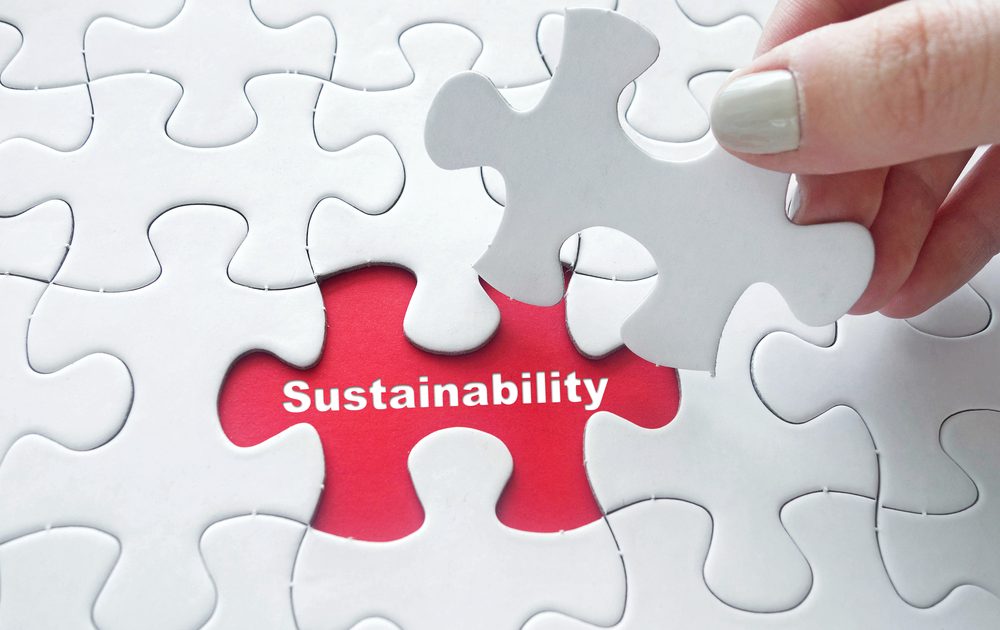By Ken Ramsay
It is recommended that a good teacher should start every new course by posing an overall question to his students that captures the essence of the course. So, on the first day of class for the planned giving course I teach, after we have discussed the tremendous potential for planned giving, I pose this question. “If there is so much potential, and other forms of fundraising have reached their growth limit, why doesn’t every nonprofit in Canada have a flourishing planned giving program?”
In fact, the reality is quite the opposite. In Gift Planning In Canada of April 2016, Kimberley MacKenzie described a research project done by one of my students at Humber College, Rebecca Ferrell. (Rebecca is now the Community Development Coordinator at Woodstock Hospital Foundation.) Her research showed that 44.5% of surveyed organizations had no planned giving program at all; 67% had no knowledgeable staff on planned giving and a full 77% had no budget.
Sadly, this survey supports provides the answers to my classroom question –
- A planned giving program takes years to develop.
- There’s no quick payback.
- Many organizations live year-to-year.
- It’s too expensive.
There are those in the sector who have argued for more investment in planned giving fundraising for over 25 years with only moderate success. So here’s a new argument: planned giving must be central to the long-term sustainability of almost every nonprofit in Canada.
Sustainability, you ask?
Sustainability is the long-term continuation of the mission of an organization. It is refers to the ability of an organization to deliver it’s mission at a high level years from now, in good times and bad, in times of economic prosperity and in recession, when the annual fund falls flat and when it soars, when major gift fatigue sets in and when the campaign is over the top – sustainabilitythrough it all.
I am offering this argument based on three sources. Two are fact-based research and one is a recurring anecdote I am hearing more and more. The research studies are both based on studies of fundraising revenue done in the United States. (I often turn to U.S. research because it can be well done, it is available and is also usually very applicable to the Canadian context.)
The first study, done by Schervish and Havens in 2009, used federal IRS data to discover a revealing fact concerning three cohorts of the North American population. Pre-boomers (born before 1946) have considerable wealth and are very charitable during their lifetimes and in their estates when they die. Boomers (born between 1946 and 1965) are also quite charitable and because they have or will inherit great wealth, are a huge potential for major gift and planned gift philanthropy over the next 30 years. The real surprise were the post-boomers – those adults younger than boomers (born between 1966 and 1985). They found out that they were 20% less charitable than boomers were at their age. We can assume their reluctance to support nonprofits will continue as these post-boomers age. However, in Canada we have another challenge – there are also 20% less post-boomers because of the exaggerated Boomer bulge in the population. So, in Canada there is a major challenge coming down the track for nonprofits that rely on philanthropy. There will be a projected 40% drop in revenue gradually building over the next 30 years if we keep doing what we are doing – a growing threat to sustainability.
The next study is simple and fascinating. Done by the Center of Philanthropy at Indiana University for Giving USA, this study compared fundraising revenue by fundraising sources during non-recession and recession times. The aberration is evident. Only bequest revenue remains positive during recession times and actually increases! Only bequests, the key planned gift, guarantees sustainability.
The anecdotal evidence for my argument happened last year. By co-incidence vice-presidents of four large hospital foundations separately confided in me that only over-achievement of planned giving revenue had allowed their foundations to reach annual revenue goals allowing them to fully support the mission of the organization. All have strong planned giving programs with extensive bequest pipelines that keep flowing at an increasing rate year after year – providing sustainability for their important missions.
So I invite you to rethink a planned giving program as a “sustainability plan” for your organization. Represent planned giving to senior management and boards this way. Every year, ask the question – how are you developing your sustainability plan?
If we ask that question of ourselves, planned giving becomes urgent and vital. The research and trends are clear and the question of sustainability is on the table. The long-term future of your organization may depend on it.

